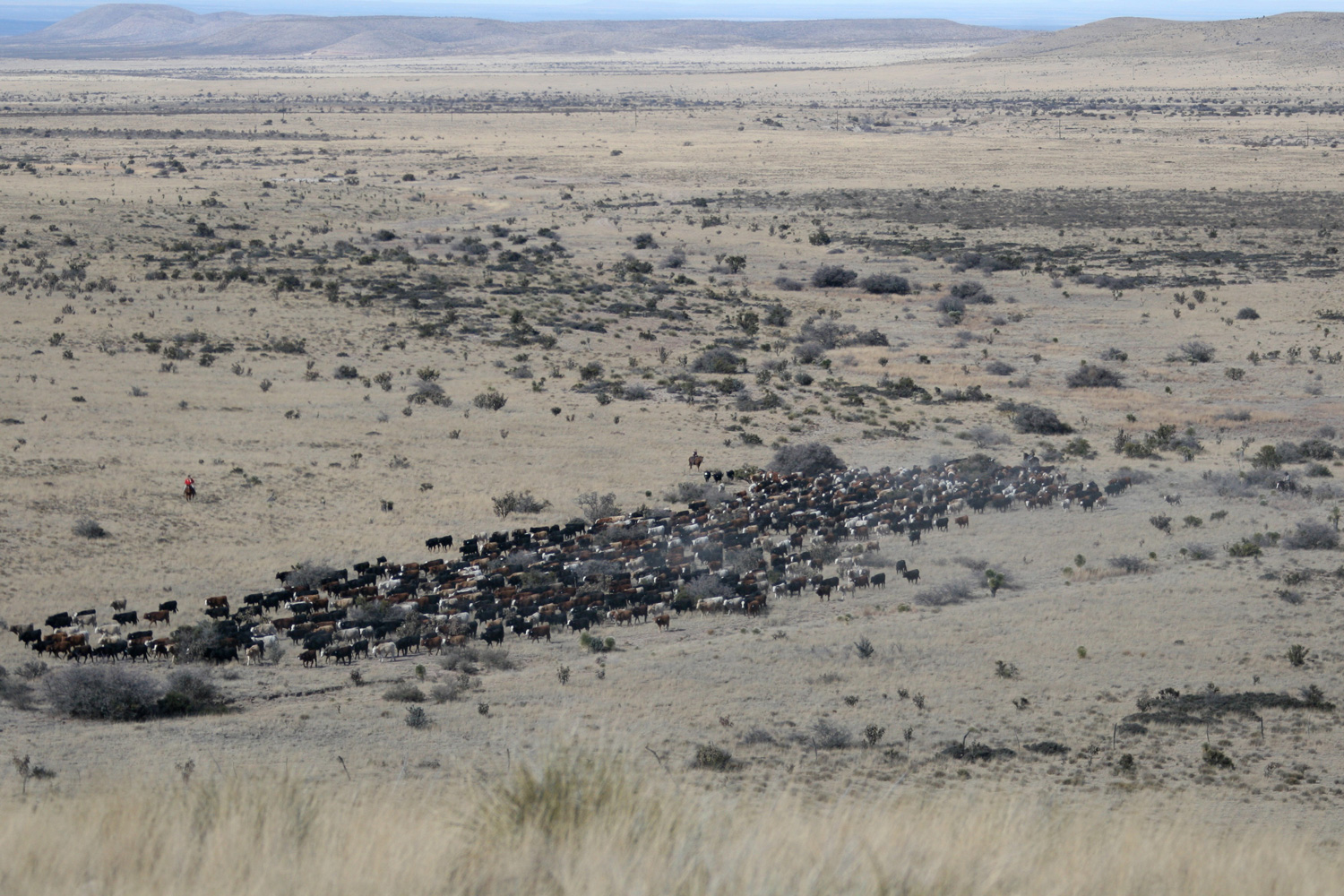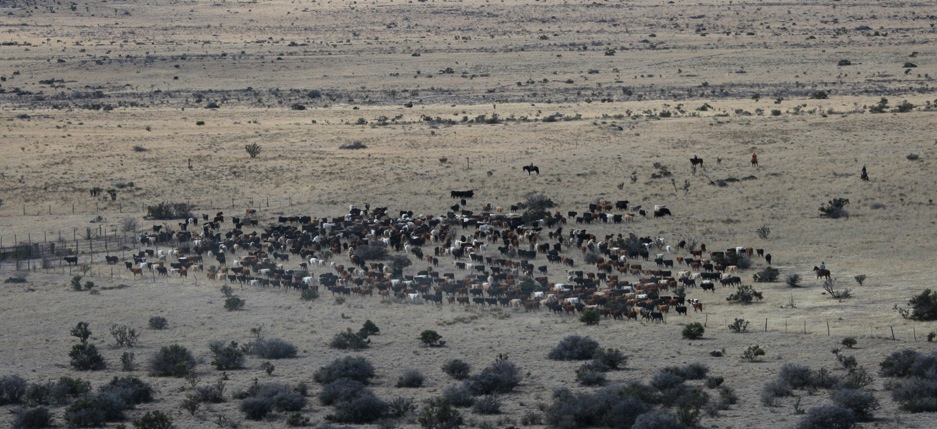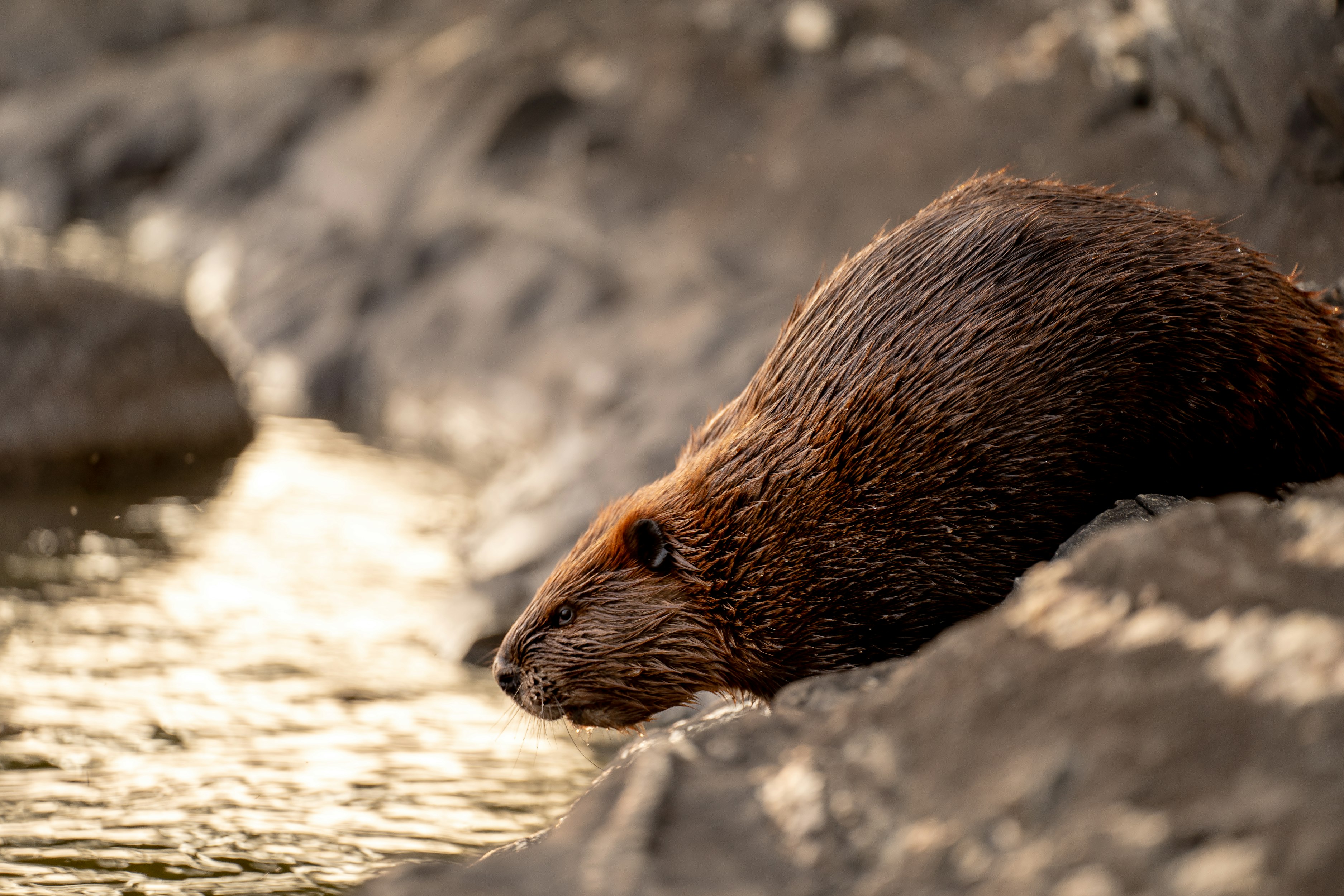Multi-Paddock Grazing
Most range and wildlife scientists advise that the best way to graze, if one must graze, is “low-density set-stocking”: In plain English, a few cattle in the same place, all the time.For decades now, planned graziers have been showing that “grazing in nature’s image”: i.e., large numbers of animals, constantly moving, with extremely-long recovery periods between grazings, is the best way to improve plant condition, increase soil fertility, and increase water infiltration into soil, as well as improve animal production.

A new article published in Science News deals with this topic. The article which is found at the web-link posted below, is part of a growing body of evidence that shows that plants respond very positively to periodic, intense grazing, provided they are left alone following grazing, until they have fully recovered. This reflects what would be happening on undisturbed grasslands in wild states, as for example the Serengeti in East Africa where large herds of nomadic animals, move constantly and are absent for long periods.
This is an old debate. Slowly but surely the evidence is accumulating that grazing in a manner that mimics nature is beneficial to plants. And this is only common sense: after all plants and animals evolved together, over 20 million years! After that long, it only makes sense that plants would have become as dependant on animal grazing for health, as animals are dependant on plants to live. In other words: plants need animals as much as animals need plants.
Please take a moment and read the article:http://www.sciencedaily.com/releases/2011/06/110615161800.htm



